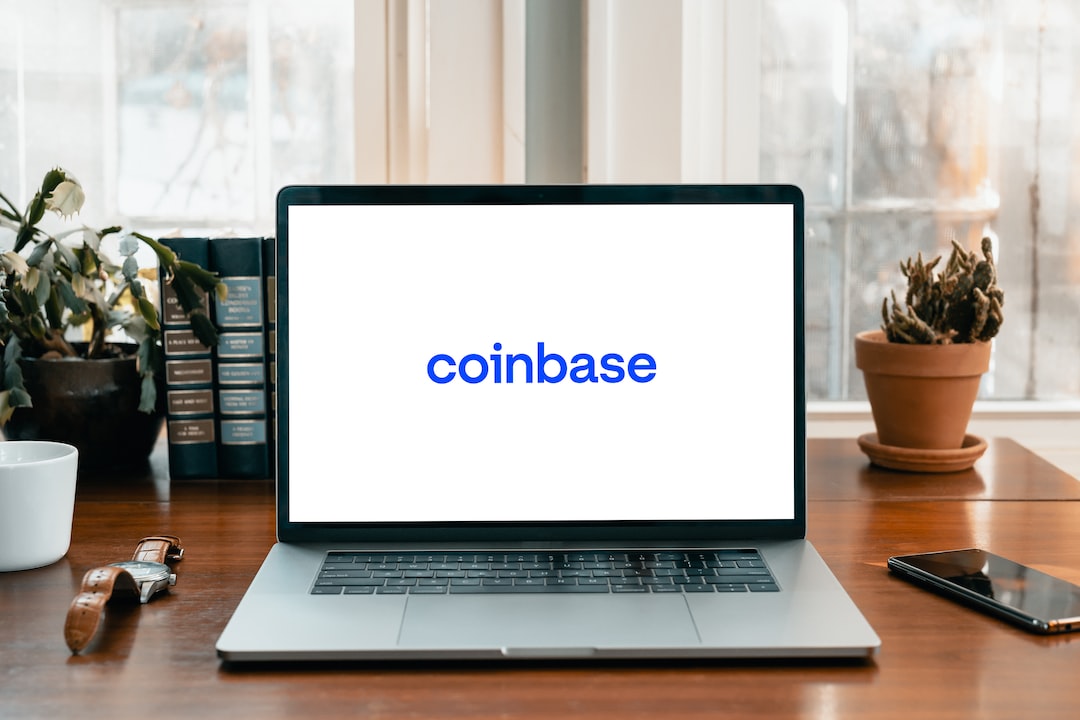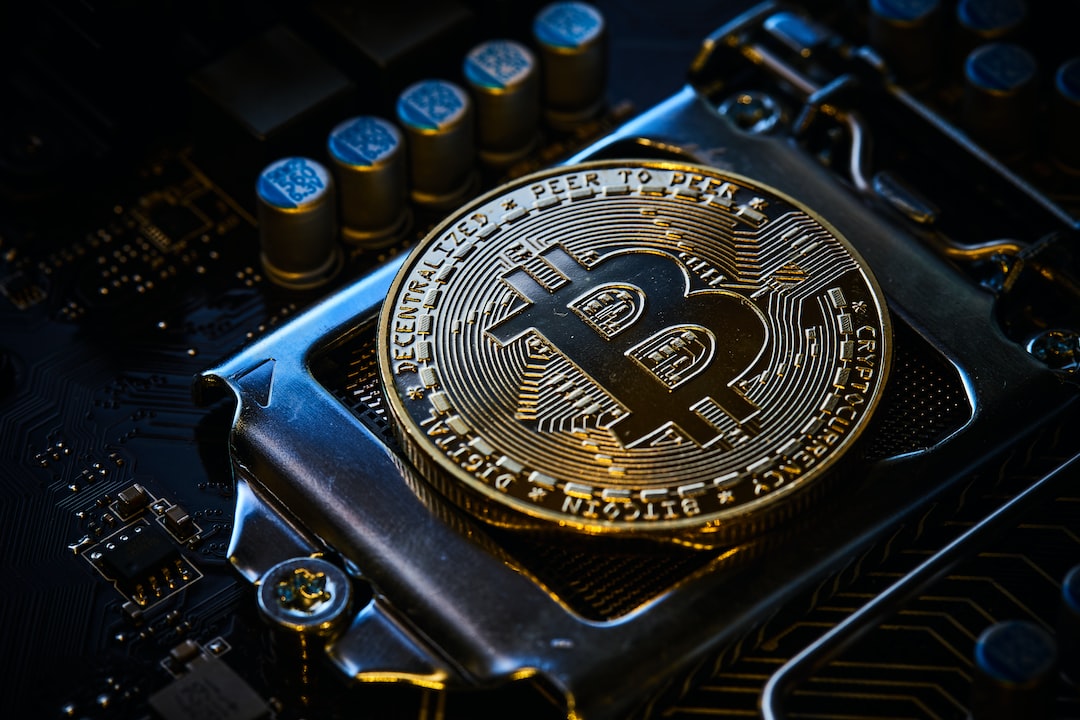Binance’s 12th Proof of Reserves Report Revealed
On Wednesday, leading crypto exchange Binance released its 12th proof of reserves report, offering a snapshot of its user asset holdings as of November 1st. The report indicated that there were moderate decreases in bitcoin but gains in ether.
Binance’s proof-of-reserves system analyzes its own wallets to demonstrate coverage of user funds. The latest report provided figures, including:
- Bitcoin holdings decreased by 0.7% to 584,000 BTC from October 1st.
- Ether holdings increased by 2.2% to reach 3.91 million ETH.
- BNB holdings rose by 6.4% to reach 31.21 million.
- USDT holdings dropped by 0.2% to reach a total of 15.27 billion.
The fluctuations in bitcoin, ether, and stablecoins indicate relatively steady platform activity over the past month as markets traded sideways.
Reserves Still Provide Over 100% Coverage
Importantly, Binance’s reserves continue to provide at least 100% coverage of all monitored liabilities across assets:
- BUSD reserves equal to or greater than 133.6% of customer balances
- USDC reserves equal to or greater than103.7% of customer balances
- LTC reserves equal to or greater than101.43% of customer balances
- XRP reserves equal to or greater than104.18% of customer balances
The full reserves demonstrate Binance’s ability to process withdrawals despite some modest asset declines.
Ongoing Scrutiny after FTX Collapse
Binance’s frequent disclosures aim to provide transparency following FTX’s dramatic collapse due to mismanagement of customer deposits.
Unlike audits, Binance’s cryptographic proofs showcase total wallet balances, but details on exact custody arrangements and liabilities remain unclear.
Binance’s reserves report provides reassurance during the turbulence created by FTX’s failure as the exchange hopes consistent disclosures will differentiate it as users grow cautious of centralized platforms.
Hot Take: What’s Next for Binance?
Binance’s transparent and frequent disclosures through its proof-of-reserves reports help rebuild trust with users after the FTX collapse and differentiate it from other centralized platforms. Despite some fluctuations in asset holdings, the ongoing coverage over liabilities provides reassurance regarding the exchange’s ability to process withdrawals smoothly.





 By
By
 By
By
 By
By
 By
By
 By
By
 By
By